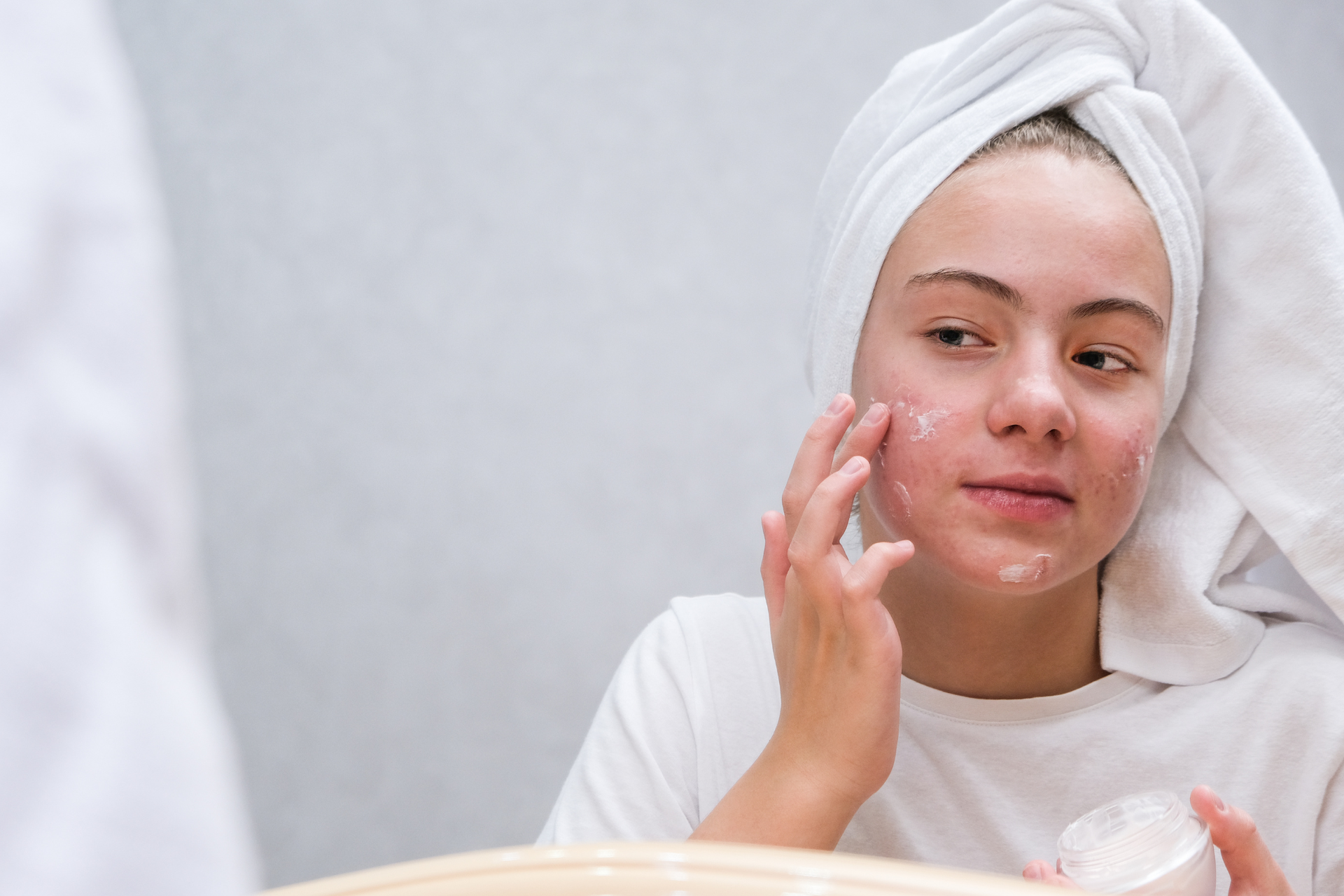Beyond Acne Creams: Professional Acne Treatment Options

Acne is a common skin condition that affects millions of people worldwide, with varying degrees of severity. While over-the-counter acne creams and remedies can be effective for mild cases, some individuals may require more intensive professional treatment to effectively manage and improve their acne. In this blog post, we will explore the professional acne treatment options available at Fall Creek Skin and Health Clinic, a trusted healthcare provider offering comprehensive skin and general health care services.
Fall Creek Skin and Health Clinic: Your Partner in Acne Treatment
Fall Creek Skin and Health Clinic is a leading healthcare provider that specializes in treating patients of all ages for a wide range of skin-related problems, including acne. With a team of experienced dermatologists and healthcare professionals, we offer personalized and effective solutions to help you achieve clear and healthy skin. Our clinic is committed to providing quality care at an affordable cost, ensuring that you receive the best possible treatment for your acne concerns.
Professional Acne Treatment Options
1. Prescription Medications
In cases of moderate to severe acne, prescription medications may be necessary to help control inflammation and bacteria that contribute to breakouts. Our dermatologists may prescribe oral antibiotics, retinoids, or hormonal therapies to target acne at its root cause and promote clearer skin over time.
2. Chemical Peels
Chemical peels are a popular professional treatment option for improving acne-prone skin. By applying a customized solution to the skin, chemical peels exfoliate the top layer of skin, unclog pores, and promote cell turnover, resulting in smoother and more even-toned skin. At Fall Creek Skin and Health Clinic, we offer a variety of chemical peels tailored to suit your skin type and concerns.
3. Laser Therapy
Laser therapy is a non-invasive treatment option that can help reduce acne breakouts, inflammation, and scarring. By targeting the bacteria and oil glands responsible for acne, laser therapy can effectively improve the appearance of acne-prone skin and promote skin rejuvenation. Our clinic offers state-of-the-art laser treatments performed by skilled professionals to ensure optimal results with minimal downtime.
4. Microdermabrasion
Microdermabrasion is a gentle exfoliation treatment that removes dead skin cells and unclogs pores, making it an effective option for treating mild to moderate acne. This non-invasive procedure can help improve skin texture, reduce the appearance of acne scars, and enhance the overall quality of your skin. Our experienced estheticians at Fall Creek Skin and Health Clinic are trained to perform safe and effective microdermabrasion treatments for all skin types.
5. Professional Skincare Products
In addition to in-office treatments, our clinic offers a range of professional skincare products designed to complement your acne treatment regimen. From gentle cleansers and acne-fighting serums to hydrating moisturizers and sunscreen, our dermatologists can recommend the right products for your skin type and concerns to help maintain clear and healthy skin between appointments.
Take the Next Step Towards Clearer Skin
If you are struggling with persistent acne and are seeking professional treatment options beyond over-the-counter remedies, Fall Creek Skin and Health Clinic is here to help. Our team of skilled dermatologists, healthcare professionals, and estheticians are dedicated to providing comprehensive and personalized care to address your acne concerns and improve the health and appearance of your skin.
Schedule a consultation with us today to learn more about our professional acne treatment options and take the next step towards achieving clearer, healthier skin. At Fall Creek Skin and Health Clinic, we are committed to helping you look and feel your best every step of the way.



Need Our Services?
Book a free consultation

Our promise is to offer high-quality medical attention at a fair price in a clean, friendly, and professional environment.
QUICK LINKS
BUSINESS HOURS
- Mon - Thu
- -
- Friday
- -
- Saturday
- Appointment Only
- Sunday
- Closed
All Rights Reserved | Fall Creek Skin and Health Clinic |
